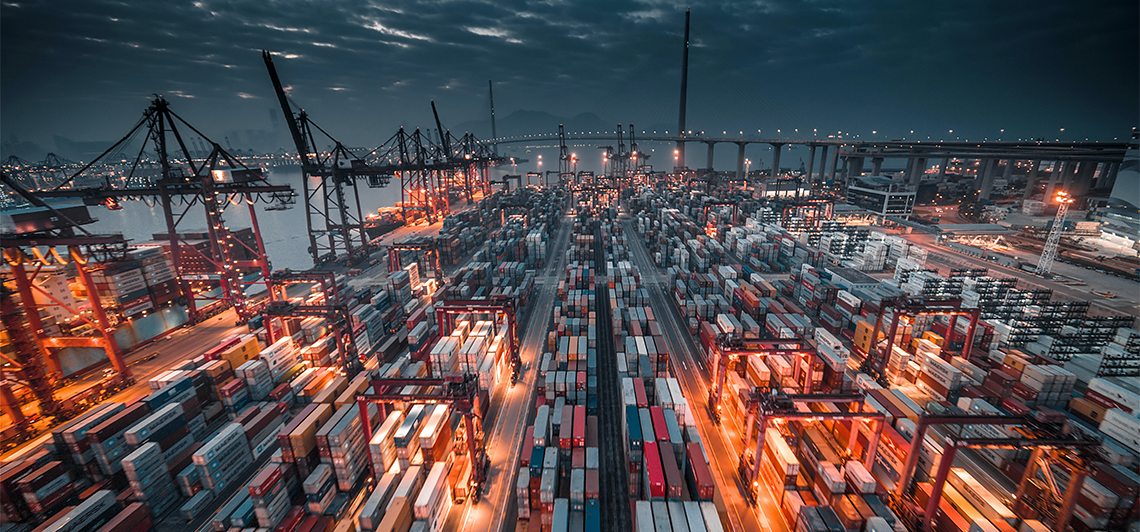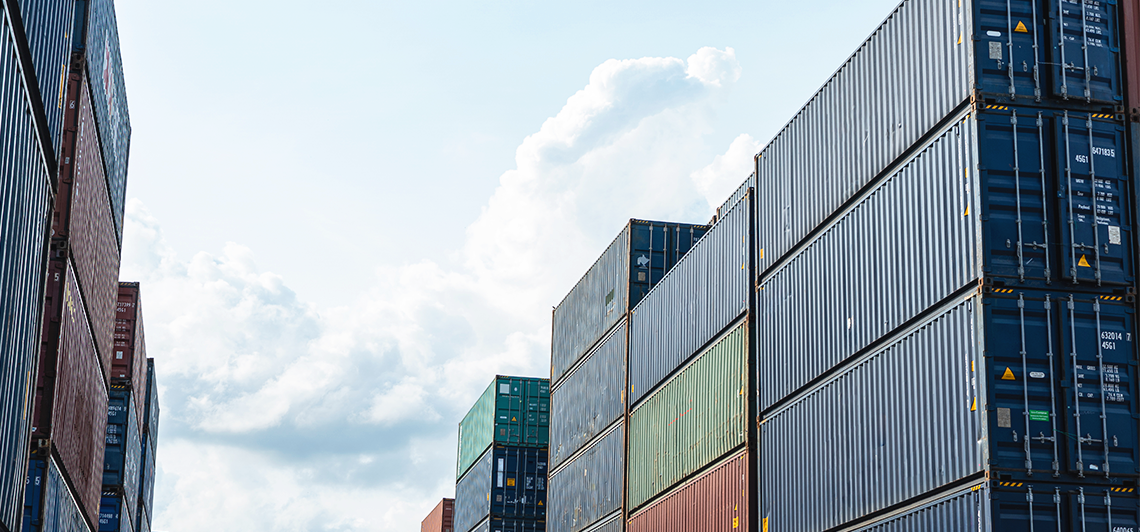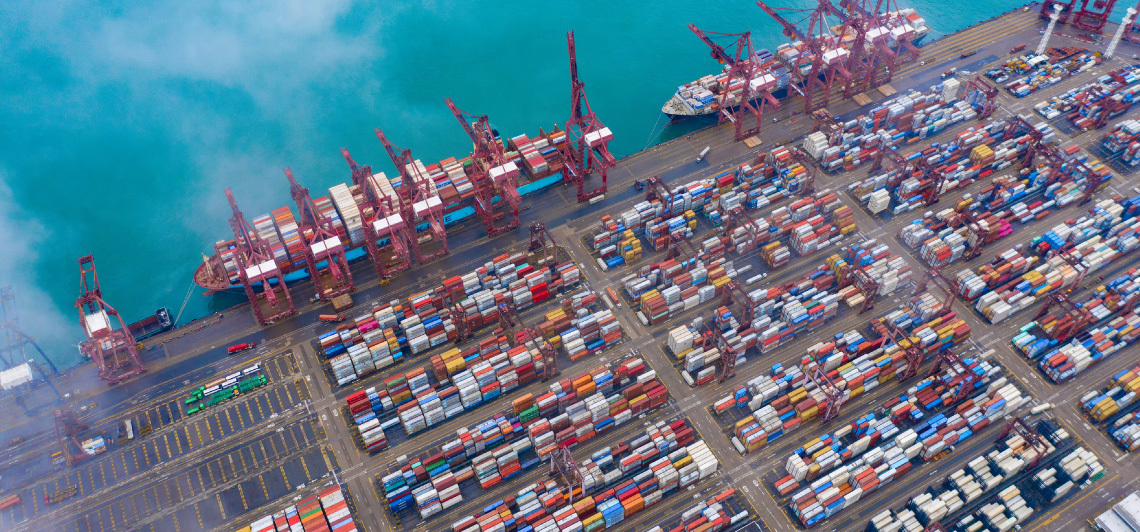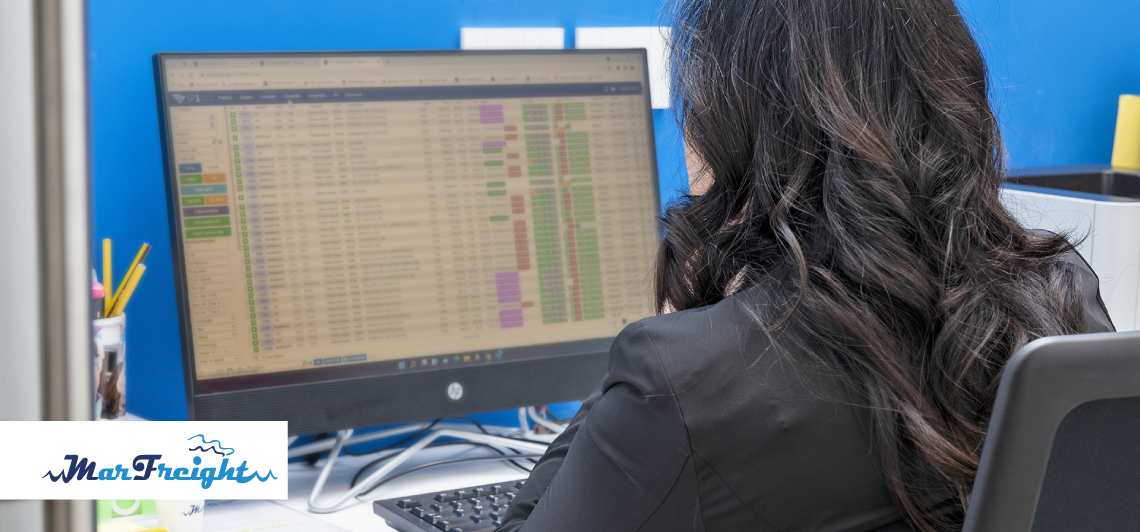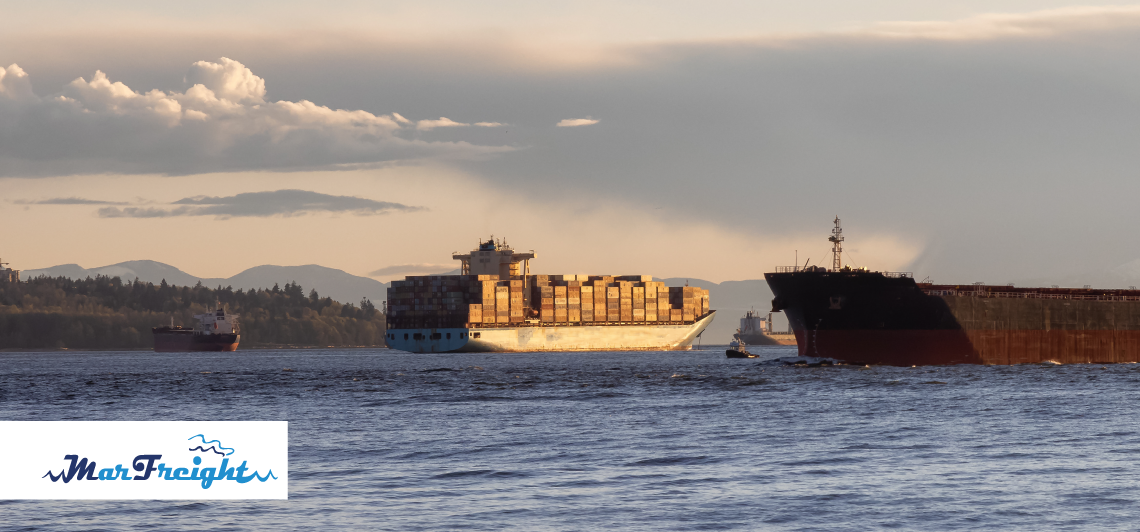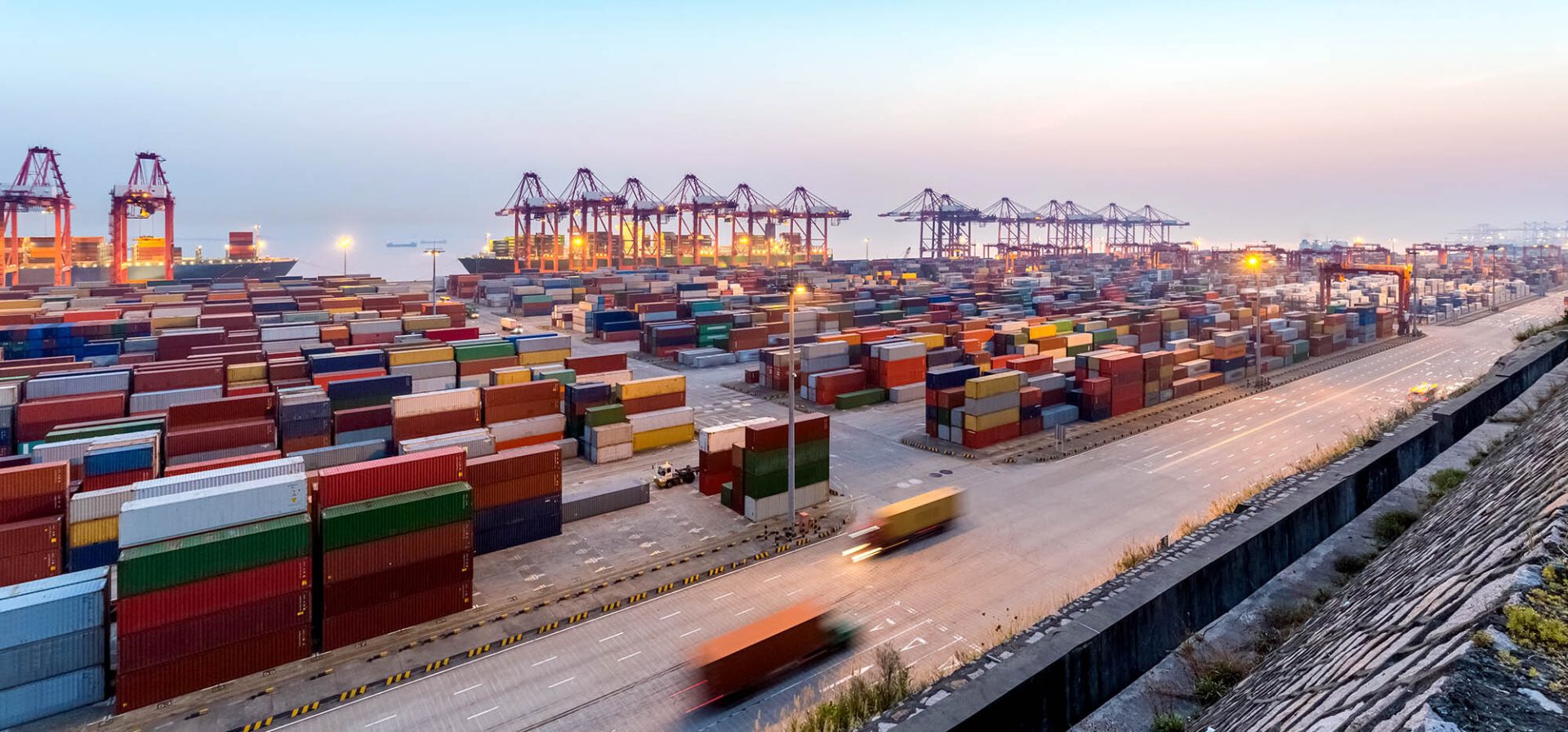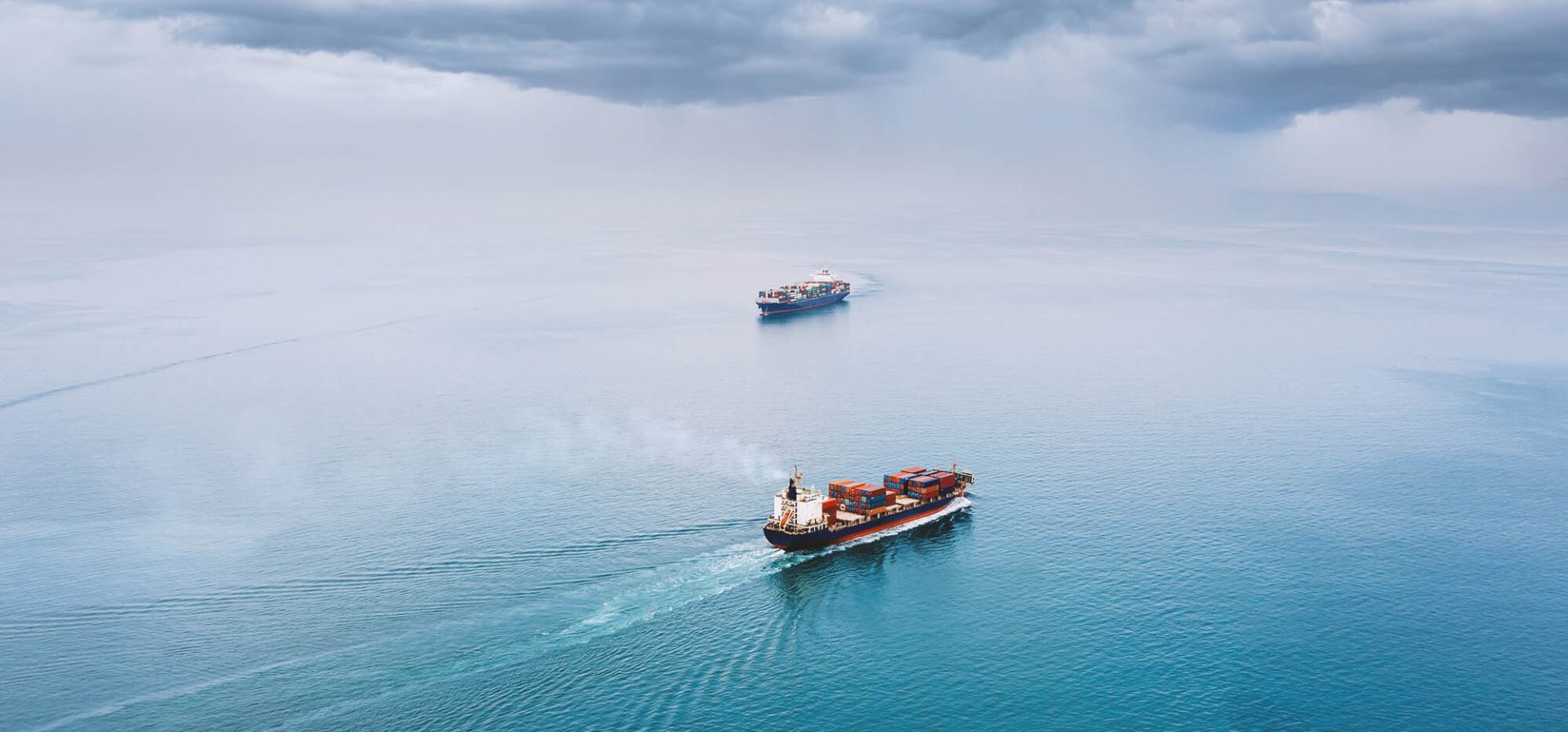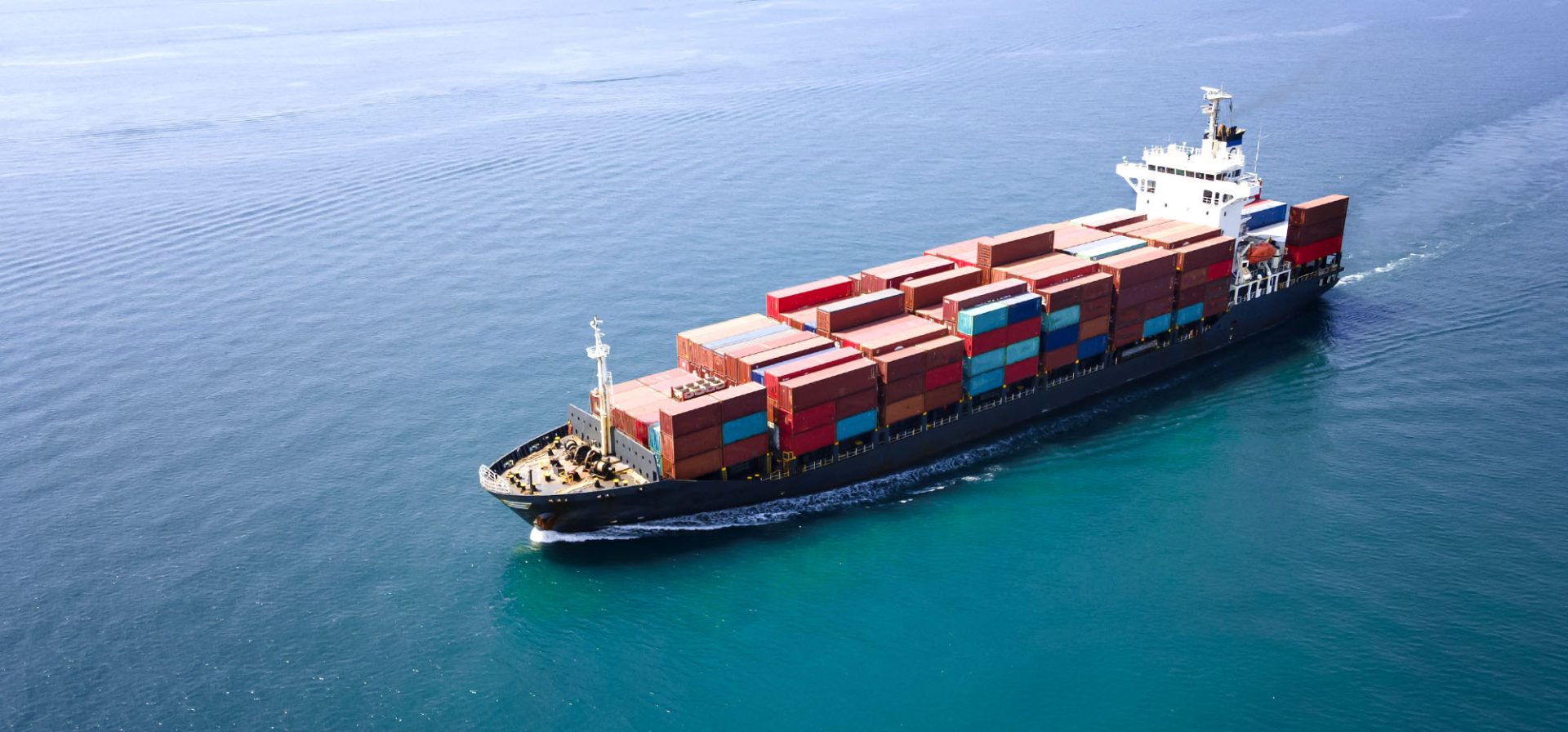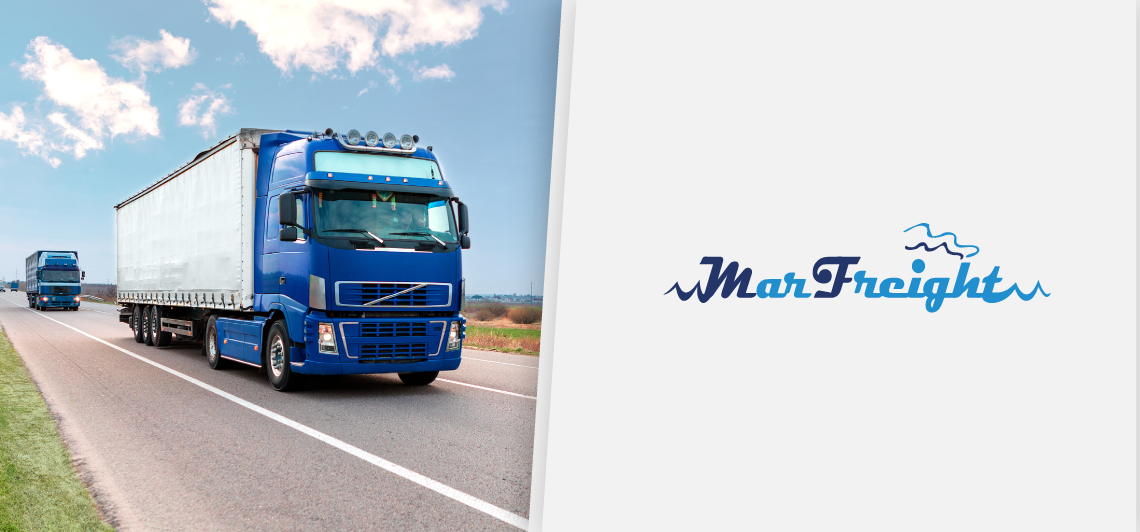In recent months, there has been increasing talk of Friend Shoring, a new approach to the global market.
Because of the market crisis caused by global events such as the Pandemic and the war in Ukraine, countries have seen the need to diversify supply chains in order to make their economies less vulnerable to external risks. The US has chosen the Friend Shoring approach: a tool aimed at promoting economic resilience by relocating supply chains to “friend” countries.
Friend Shoring: Meaning and Market Impact
In fact, it is a solution that the US decided to implement even before the conflict in Ukraine erupted.
In essence, it is a matter of relocating some stages of production to countries that share the same set of values or interests, as well as the reference country’s geopolitical alignment.
Consider the following example: Because the Beijing government has committed human rights violations against Uighurs and other ethnic and religious minorities, the Biden administration has begun to limit imports of goods produced in the State of Xinjiang, including cotton and tomatoes.
A sustainable approach that could have a significant impact on the international trade of those countries that have always made trade agreements with everyone.
Global market risks are pushing towards offshoring.
The need for a Friend Shoring approach stems from the need to defend global economic integration by increasing the reliability of the supply of goods on which the various world economies rely.
There are three major risks to trade relations that have been highlighted by pandemics and wars:
- the excessive concentration of critical goods production in a single market, which makes supply chains vulnerable and potentially dangerous;
- geopolitical risks, such as Russia’s control over the transportation of natural gas and grain deposits;
- the presence of supply chains that violate fundamental human rights.
The Friend Shoring should be developed in response to these challenges, with the goal of making the global market safer and more sustainable.
Italy’s position
Our country appears to have already started down the path of friend shoring. Trade with European countries, North American countries, and Mediterranean countries increased in 2022. According to the most recent Censis data, 364.4 billion euros of Italian exports to the world were simply friend shoring in the first seven months of 2022.
Not everyone believes the Friend Shoring is truly sustainable. According to some economists, this approach could widen the gap between developed and developing countries. However, the transformation has already begun. The past year has highlighted the vulnerability of a global market that has failed to account for environmental and human factors in manufacturing processes. The same market that is threatened by climate change.
